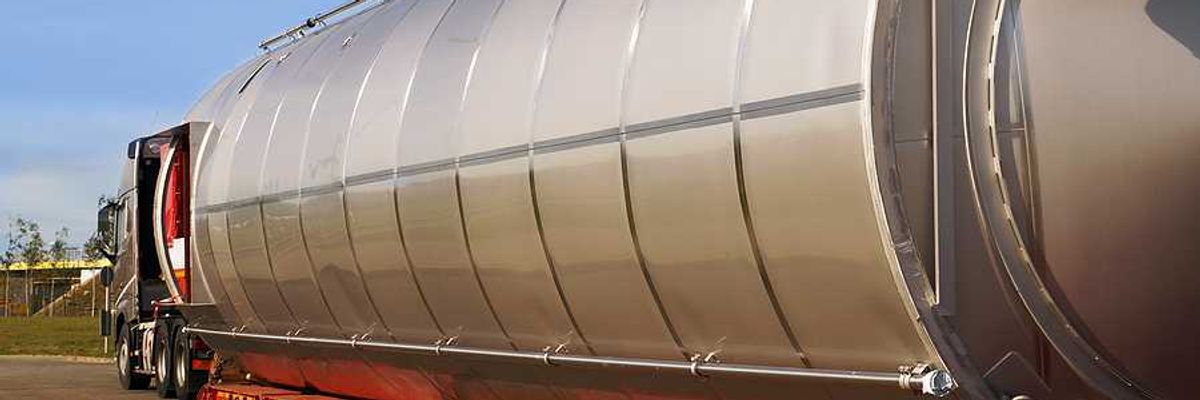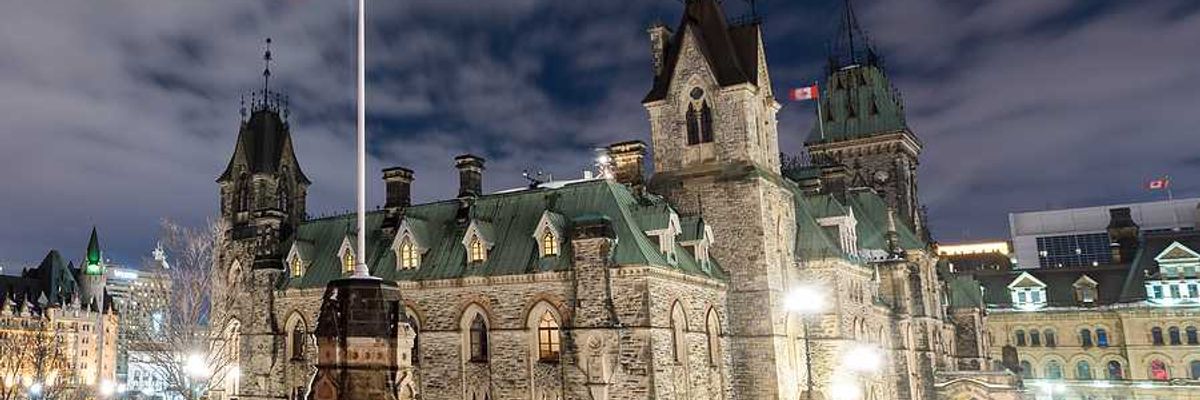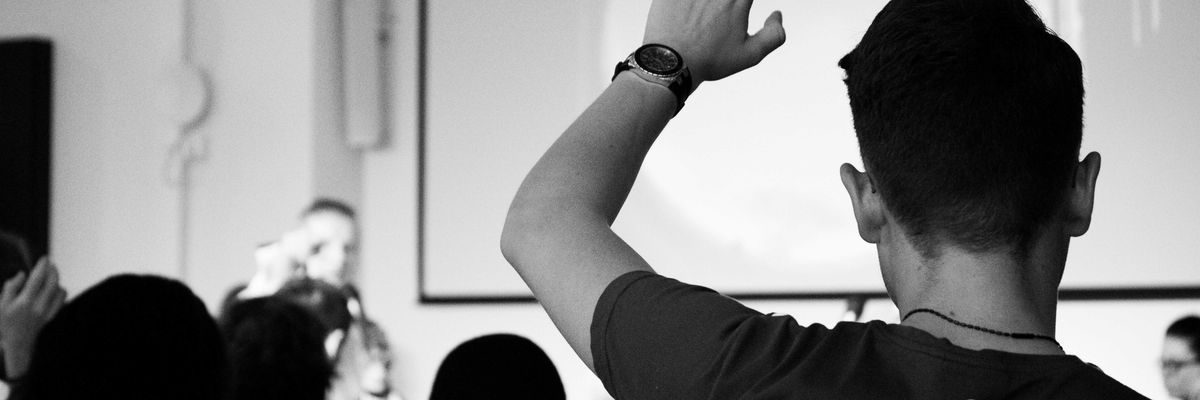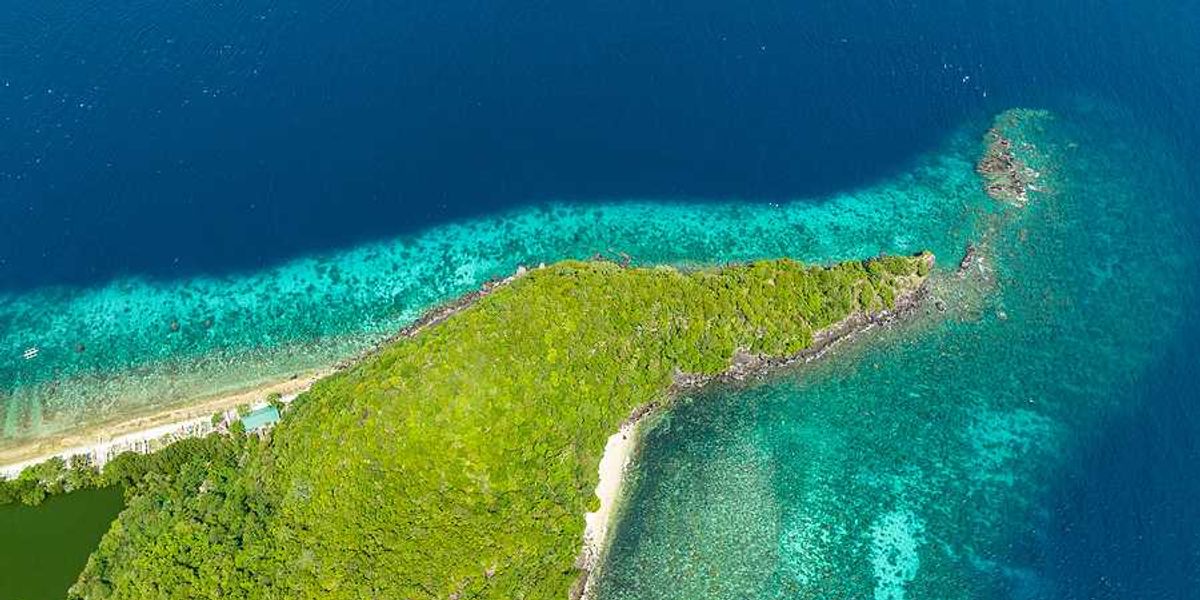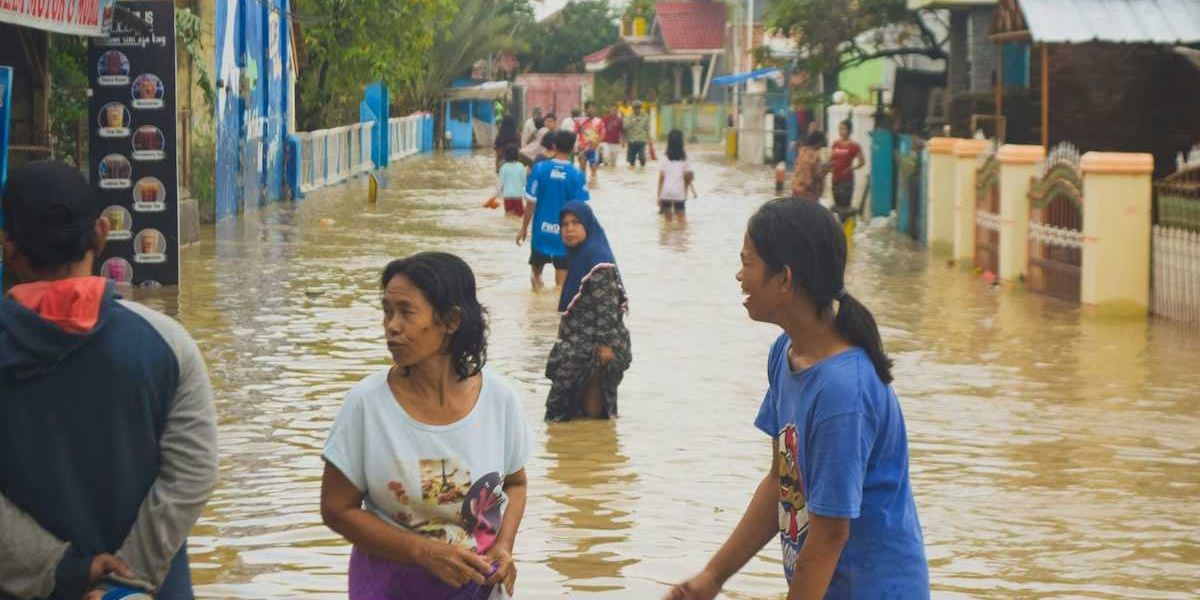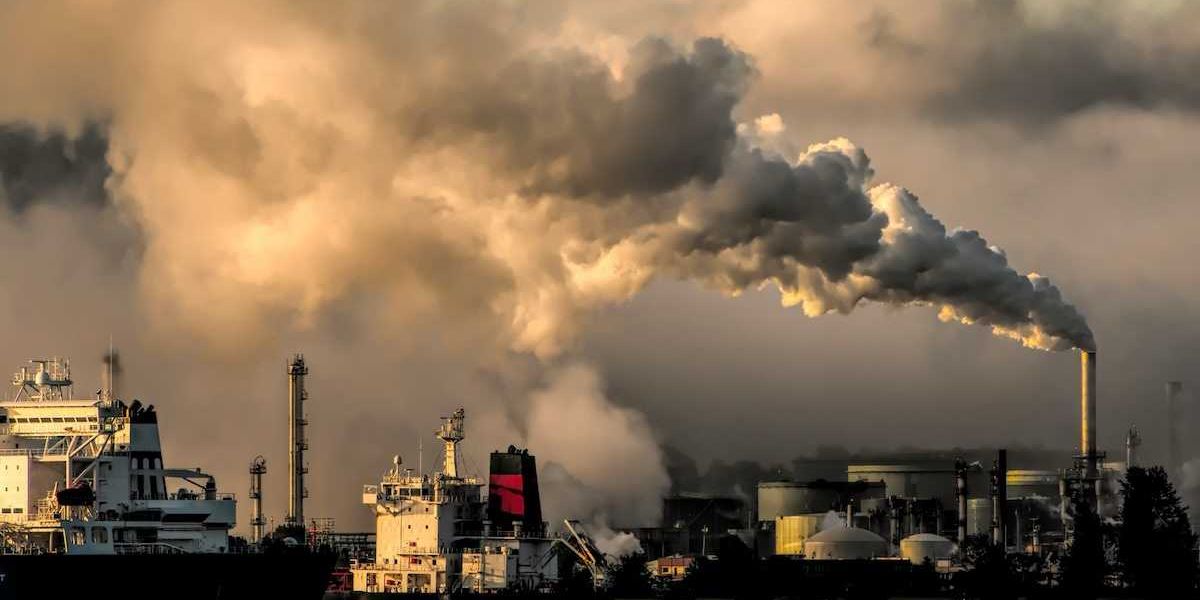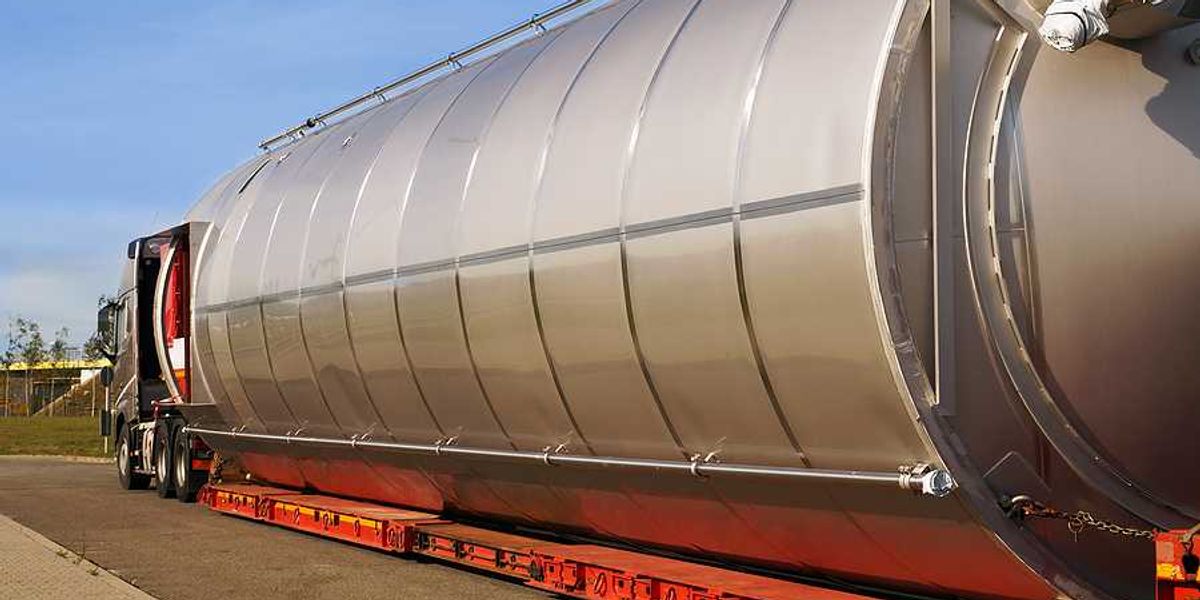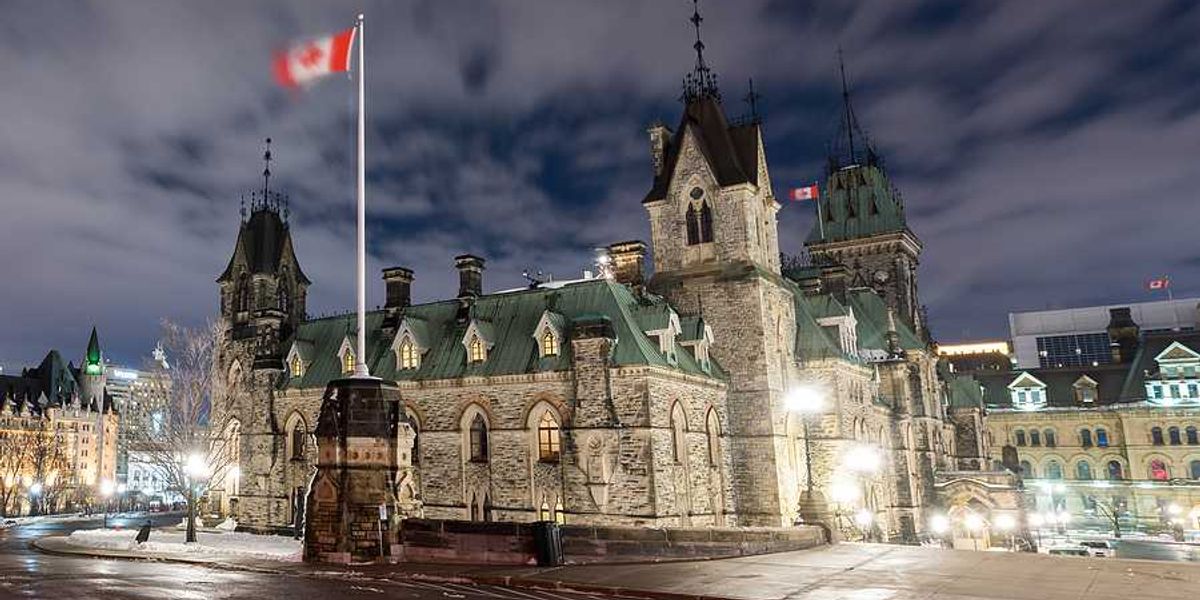liz kimbrough
As animals vanish, the plants they spread can’t keep pace with climate change
As the climate warms, many species will need to change locations to stay within a hospitable temperature range. Half of the world’s plants are dispersed by animals, but as animals are lost from ecosystems, plants are not moving as far.
As its topsoil washes away, the Corn Belt is losing yields — and carbon
Scientists have found that the Corn Belt region of the U.S. Midwest, which produces 75% of U.S. corn, has lost around 35% of its most fertile topsoil since European colonization in the 1600s.
Mapping threats to land mammals, amphibians and birds: Study
The Sumatran orangutan, Malayan tiger, and eastern lowland gorilla all find themselves in a grim lineup, joining thousands of other species listed as critically endangered, their populations dwindling as the planet continues to march headlong into “the sixth mass extinction."
Death by 1,000 cuts: Are major insect losses imperiling life on Earth?
Precipitous insect declines are being escalated by humanity as soaring population and advanced technology push us ever closer to overshooting several critical planetary boundaries including biodiversity, climate change, nitrification, and pollution.
For investors concerned about deforestation, there's a guide for that
Climate change threatens ecological and economic systems. That is why investors are increasingly looking to invest in companies with a plan to address one of the largest drivers of climate change: deforestation.
Forests are a solution to global warming. They’re also vulnerable to it
Investing in forests to fight climate change seems like a sure bet. Trees absorb carbon dioxide from the atmosphere, pump out oxygen, and live for decades. What could go wrong?

